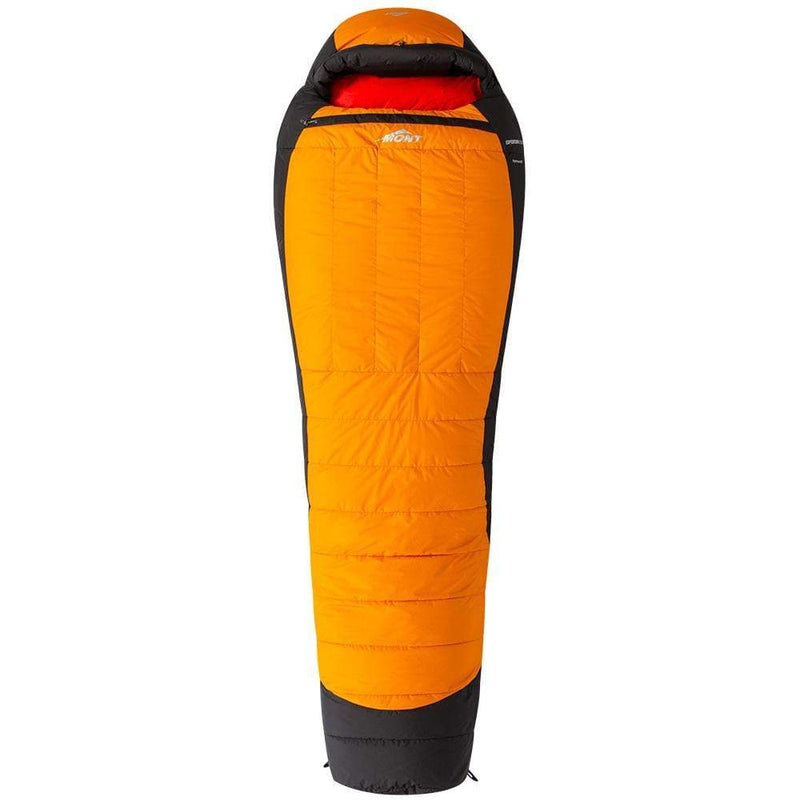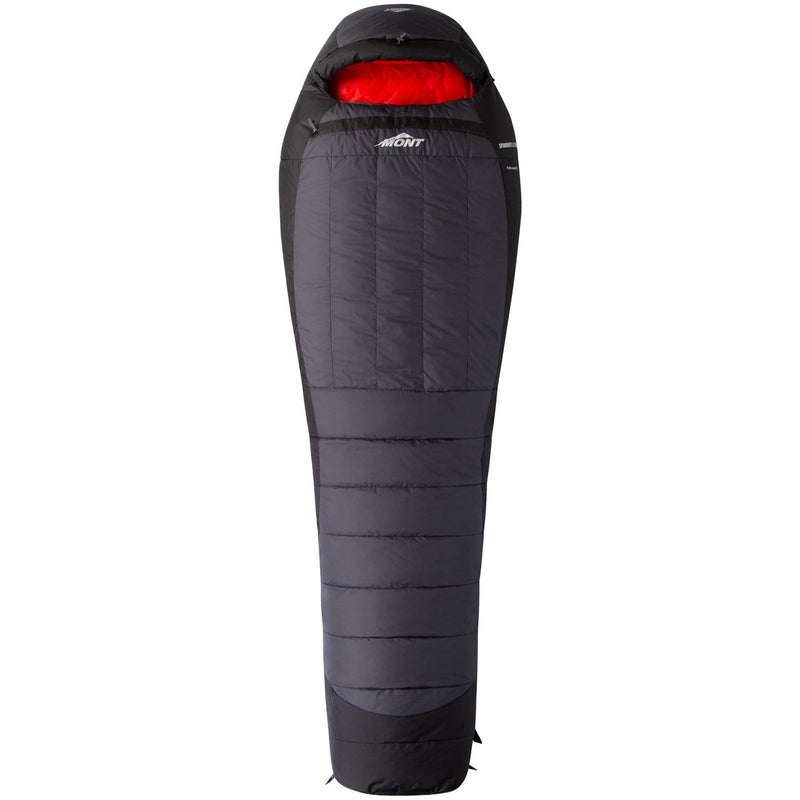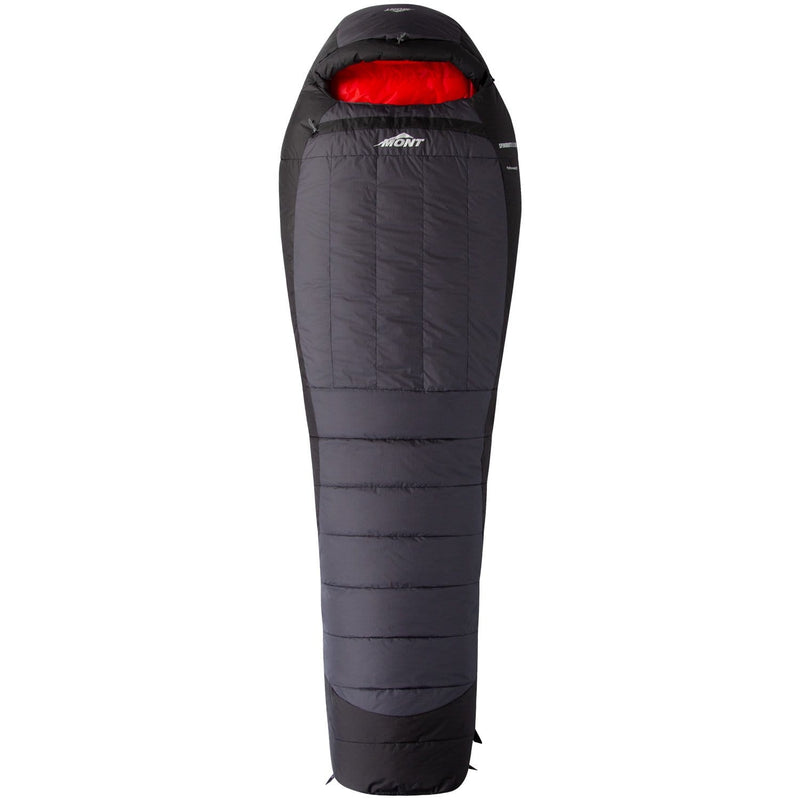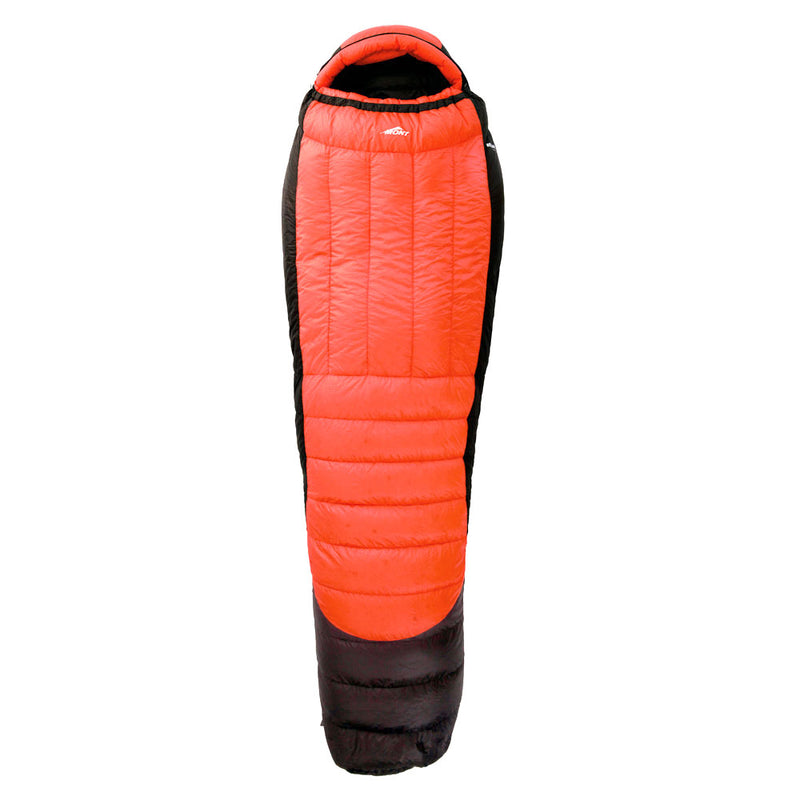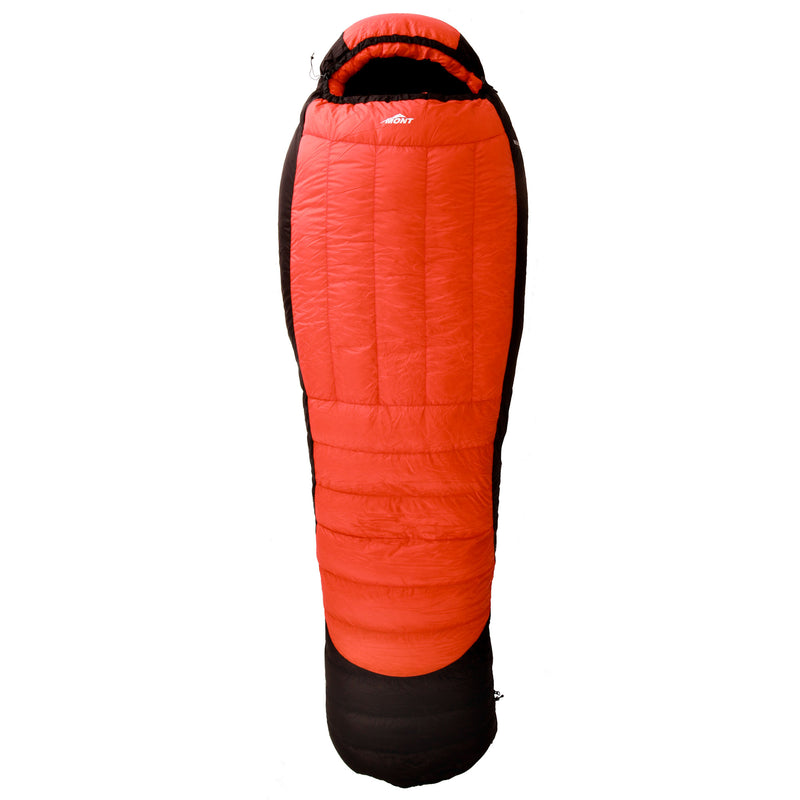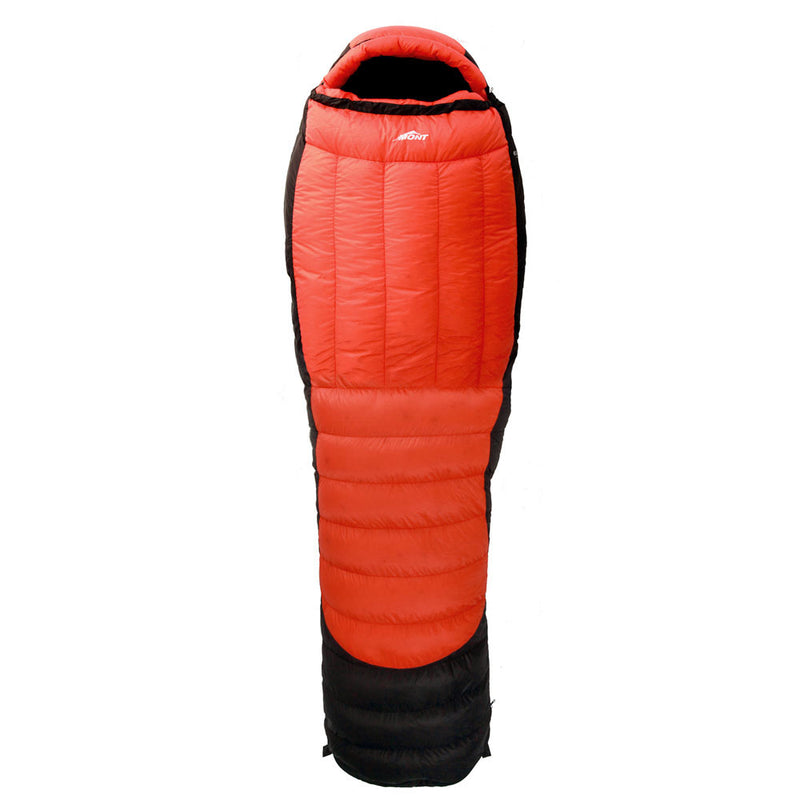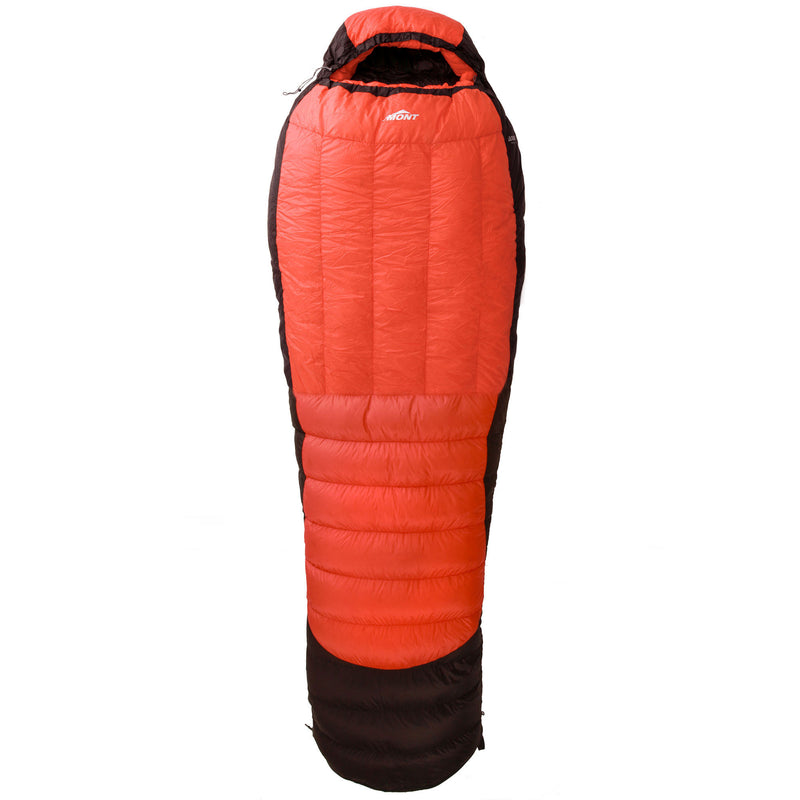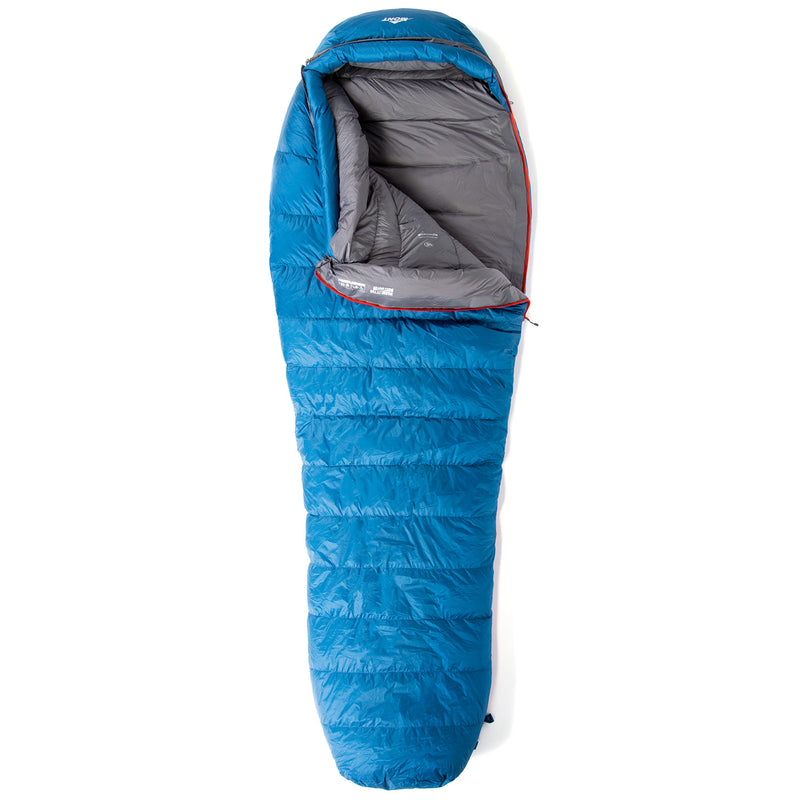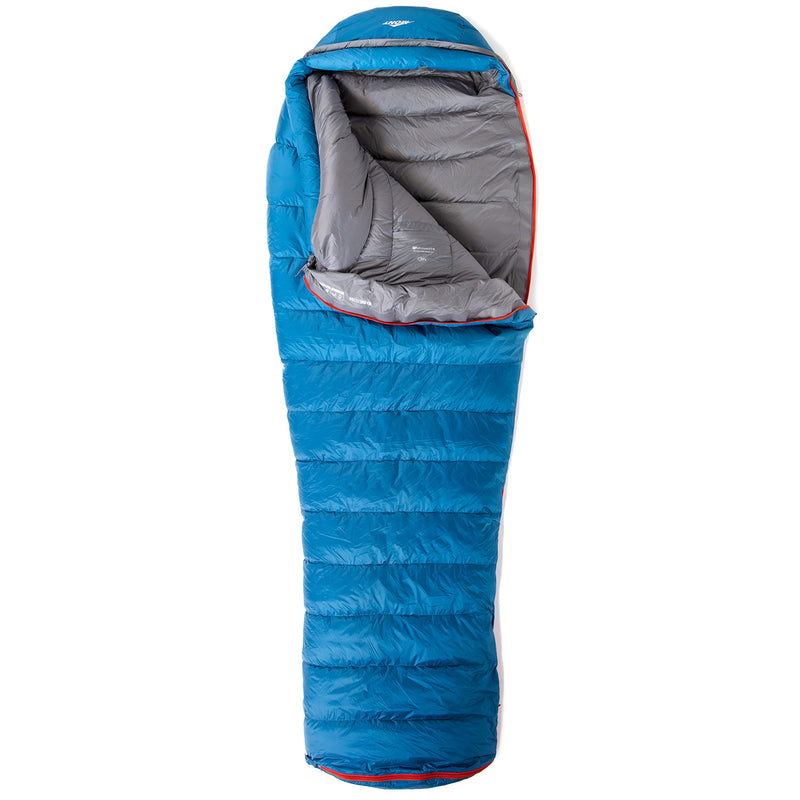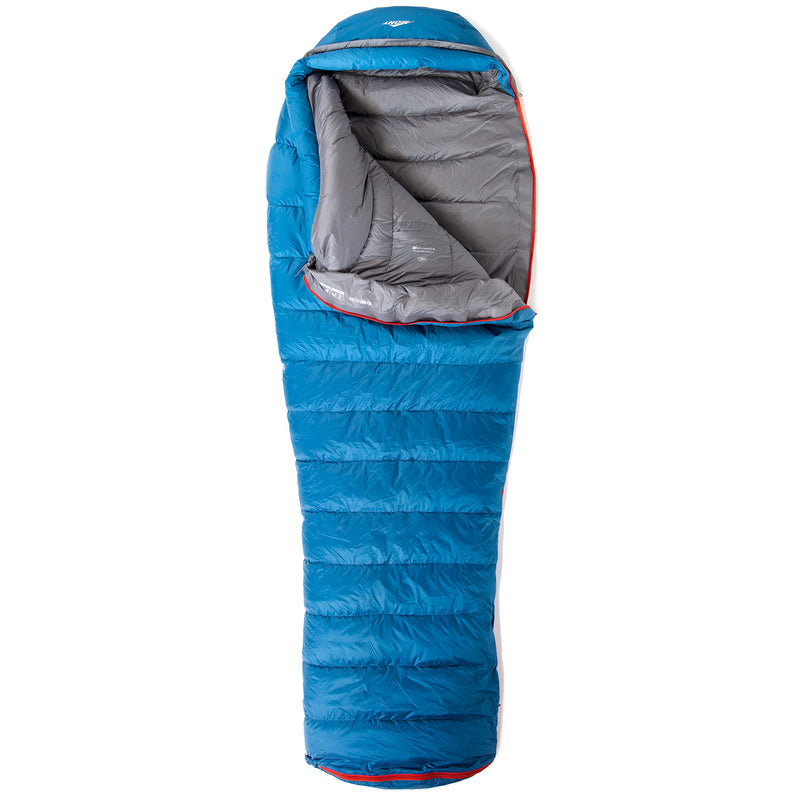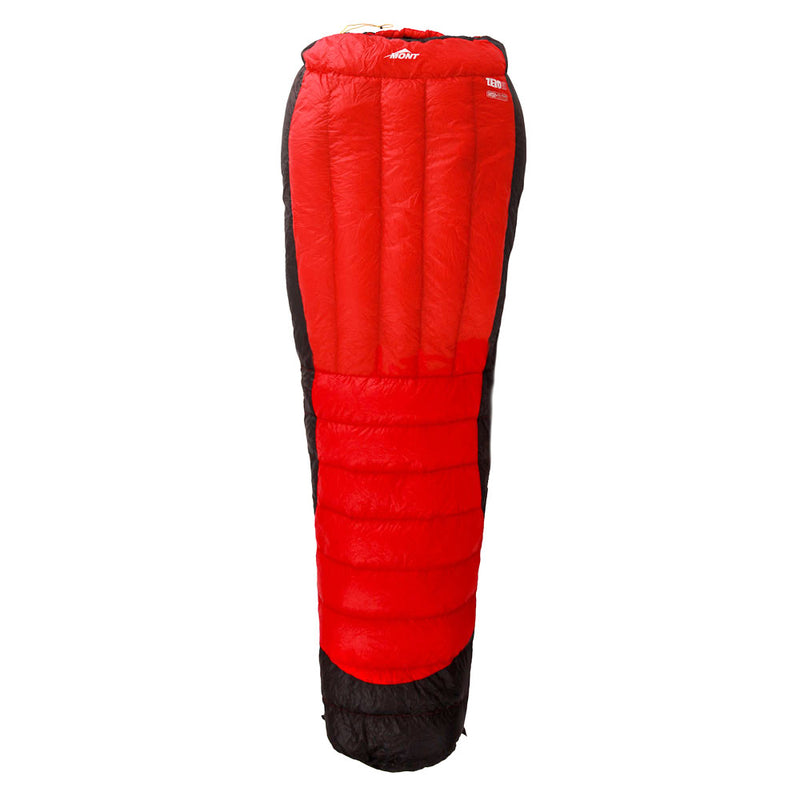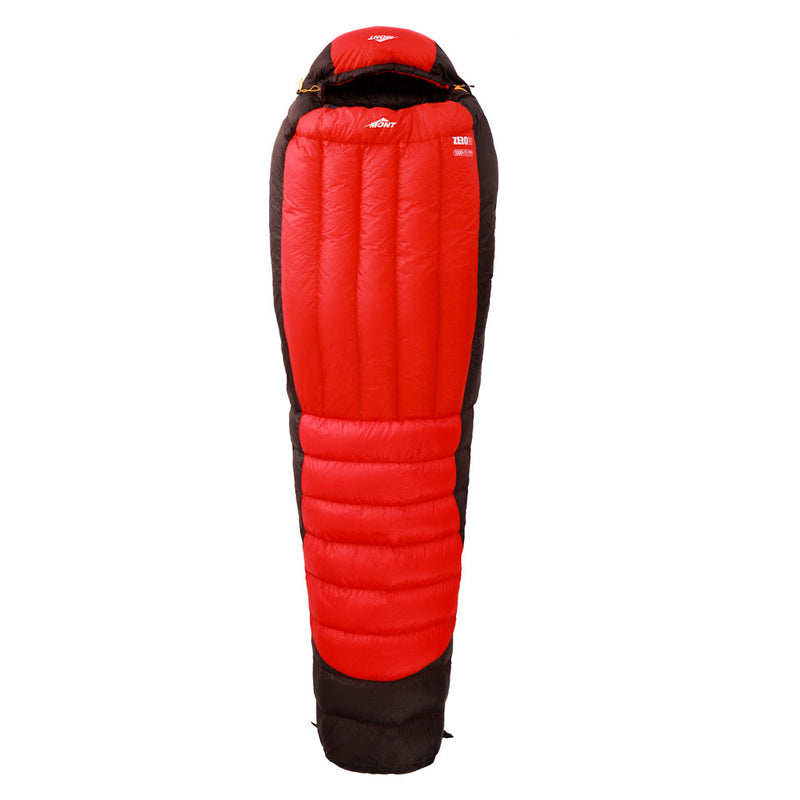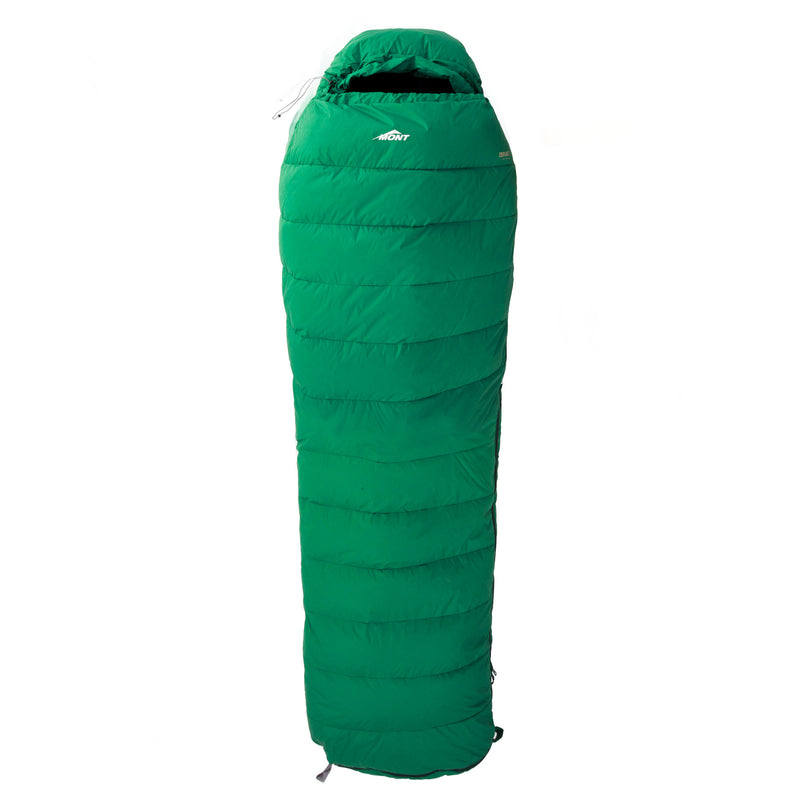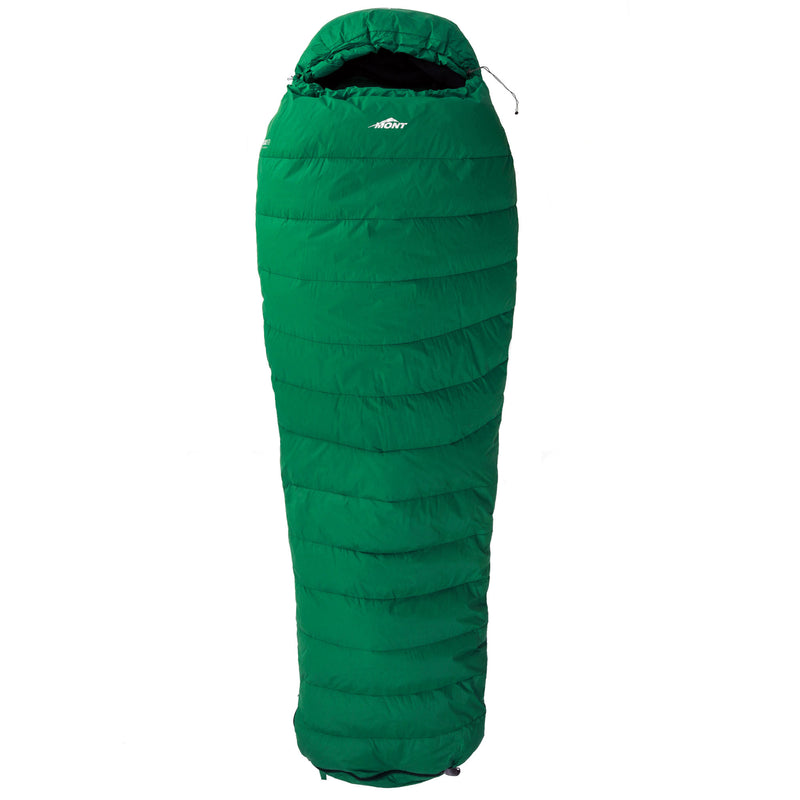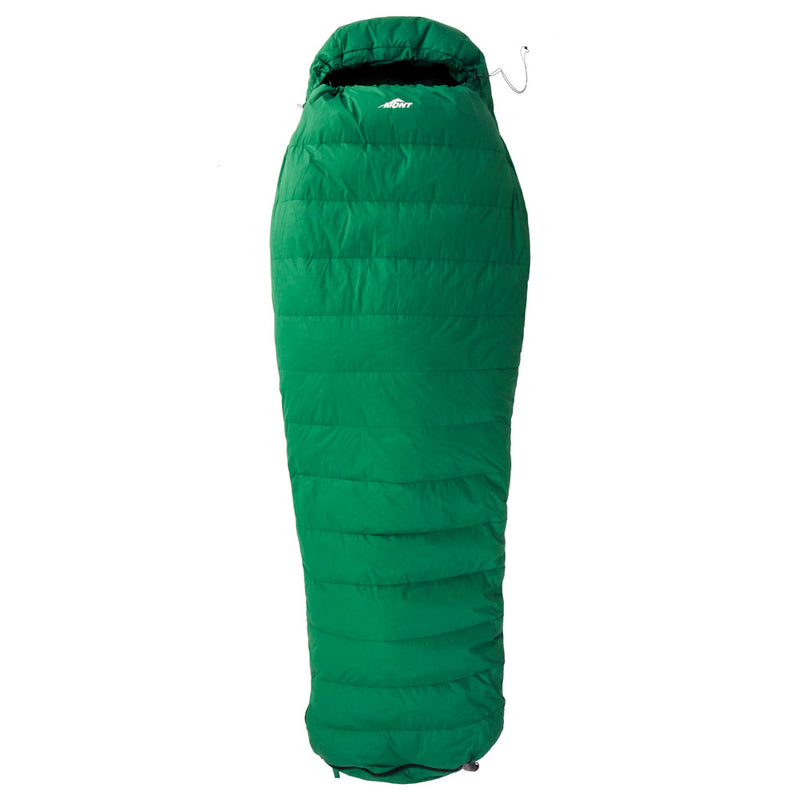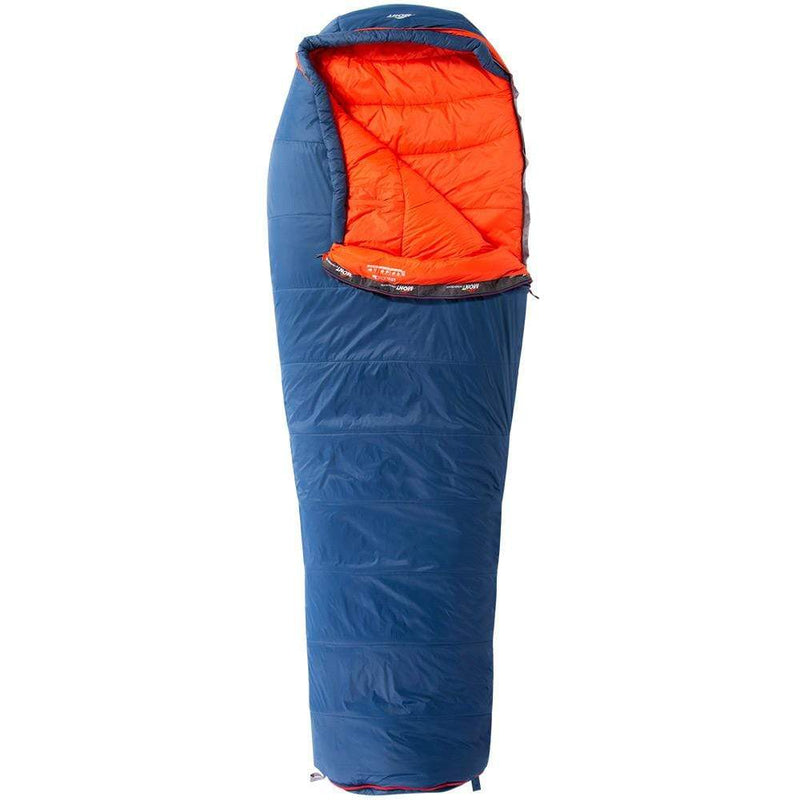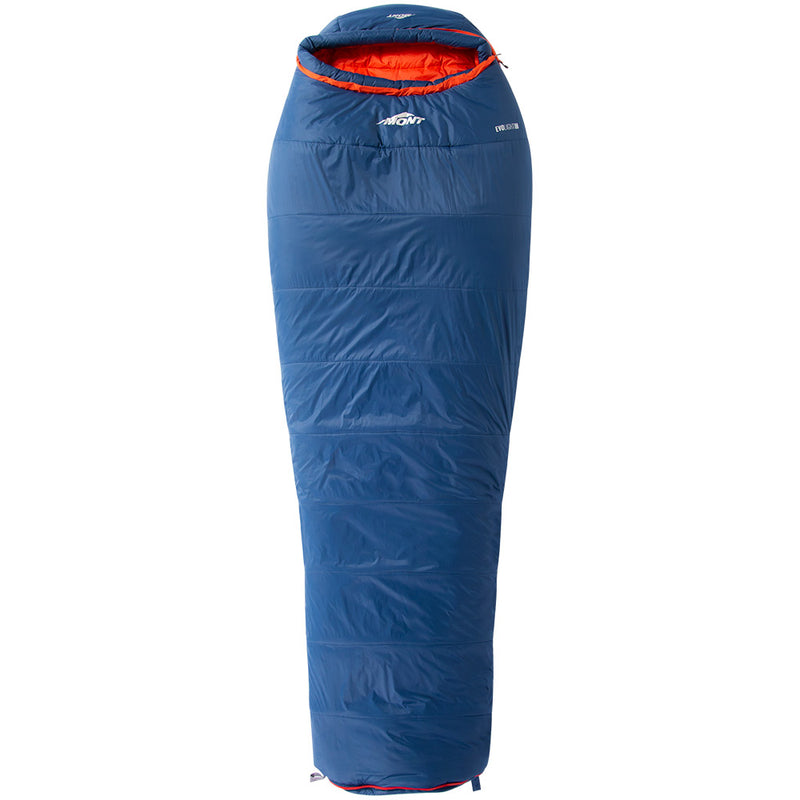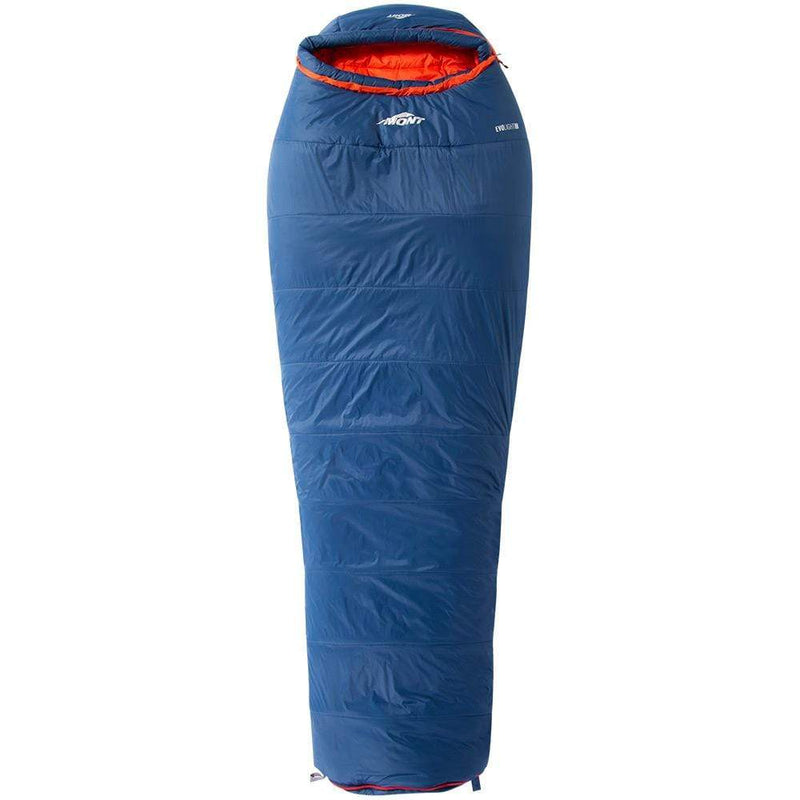Where to use:
Perfect for spring & summer camping, travel in warmer climates or as a liner for your existing sleeping bag.
Unique features:
Maximise your backpack space & minimise your carried weight with a Zero Series Sleeping Bag. Incredibly lightweight & ultra compact down sleeping bags. Appropriate for users up to 203cm tall (XL).
| Model |
Sizes |
Weight |
Season/Use |
Cold
Sleeper |
Warm
Sleeper |
| Zero UltraLight |
Standard, XL
|
294g, 329g |
2 Season/ Ultralight Adventures |
12ºC / 54ºF
|
6ºC / 43ºF
|
| Zero SuperLight |
Standard, XL
|
417g, 451g |
2-3 Season/ Ultralight Adventures |
8ºC / 46ºF
|
2ºC / 36ºF
|
The Zero Series Down Sleeping Bags: Lightweight Comfort for Campers and Hikers
The Zero Series down sleeping bags are the ultimate choice for campers and hikers looking to minimise weight while maximising comfort. These ultralight sleeping bags are designed by us to be lightweight and ultra-compact, making them easy to pack without sacrificing warmth. Whether you are setting out on a spring camping trip or travelling to warmer climates, the Zero Series offers reliable insulation with premium goose down filling.
The Lightest Choice for Fast-Paced Hikers
For those adventurers looking for the lightest possible gear, the Zero Ultralight sleeping bag is the top pick from Mont Adventure Equipment. Engineered to be the lightest in its class, this ultralight down sleeping bag is perfect for fast-paced hikers who need to conserve space and weight. Despite its featherweight design, it offers excellent warmth and comfort, making it ideal for spring or summer camping or even as a liner or extender for colder nights. It is designed to accommodate up to 203cm tall, ensuring that it caters to all heights.
Extra Room and Warmth for Your Adventures
Our Zero Superlight sleeping bag offers similar advantages but with slightly more room and warmth for those seeking extra insulation. Like the Ultralight model, this goose down sleeping bag is compact and efficient, fitting seamlessly into your outdoor backpack while reducing the load on your back. Whether you are embarking on a multi-day trek or a quick overnight trip, the Zero Series sleeping bags provide the perfect balance of lightweight design and dependable warmth.
Choose Your Perfect Zero Series Sleeping Bag from Mont Adventure Equipment
The Zero Ultralight Down Sleeping Bags Series from Mont Adventure Equipment provides adventurer enthusiasts with lightweight, easy-to-carry bedding for adventures in the great outdoors. So, what are you waiting for? Purchase your next sleeping bag from Mont Adventure Equipment or speak to one of our adventure equipment experts today.
















